Increasing Vehicle Production
The automotive oil seal market is experiencing a surge in demand due to the increasing production of vehicles worldwide. As manufacturers ramp up production to meet consumer demand, the need for high-quality oil seals becomes paramount. In 2025, the automotive sector is projected to produce over 90 million vehicles, which directly correlates with the rising demand for oil seals. These components are essential for preventing leaks and ensuring the efficient operation of engines and other critical systems. Consequently, the automotive oil seal market is likely to benefit from this upward trend in vehicle production, as manufacturers seek reliable suppliers to meet their growing needs.
Growing Focus on Fuel Efficiency
The automotive oil seal market is being propelled by the growing emphasis on fuel efficiency among vehicle manufacturers. As regulatory standards for emissions and fuel consumption become more stringent, manufacturers are compelled to optimize engine performance, which includes the use of high-quality oil seals. These seals play a crucial role in minimizing friction and preventing leaks, thereby contributing to overall fuel efficiency. In 2025, the automotive industry is expected to invest heavily in technologies that enhance fuel economy, which will likely drive demand for advanced oil seals that support these initiatives, further bolstering the automotive oil seal market.
Expansion of Electric Vehicle Market
The automotive oil seal market is witnessing a transformation due to the expansion of the electric vehicle market. Although electric vehicles have fewer moving parts compared to traditional internal combustion engine vehicles, they still require oil seals for various applications, including battery cooling systems and electric motor housings. As the electric vehicle market is projected to grow significantly, with estimates suggesting that electric vehicles could account for 30% of total vehicle sales by 2030, the automotive oil seal market is likely to adapt to this shift. This adaptation may involve the development of specialized seals that cater to the unique requirements of electric vehicles, thereby creating new opportunities within the market.
Rising Maintenance and Repair Activities
The automotive oil seal market is also driven by the increasing maintenance and repair activities across various vehicle segments. As vehicles age, the likelihood of oil seal failure rises, necessitating replacement to maintain optimal performance. In 2025, the automotive aftermarket is expected to reach a valuation of approximately 500 billion, indicating a robust demand for replacement parts, including oil seals. This trend suggests that as more vehicles require servicing, the automotive oil seal market will see a corresponding increase in demand, particularly for high-performance and durable seals that can withstand harsh operating conditions.
Technological Innovations in Oil Seal Design
Technological advancements in the design and manufacturing of oil seals are significantly influencing the automotive oil seal market. Innovations such as the development of advanced materials and improved sealing technologies enhance the performance and longevity of oil seals. For instance, the introduction of synthetic materials has led to seals that can withstand higher temperatures and pressures, thereby extending their service life. As automotive manufacturers increasingly adopt these advanced sealing solutions, the automotive oil seal market is poised for growth, with a projected increase in demand for innovative products that meet the evolving needs of modern vehicles.


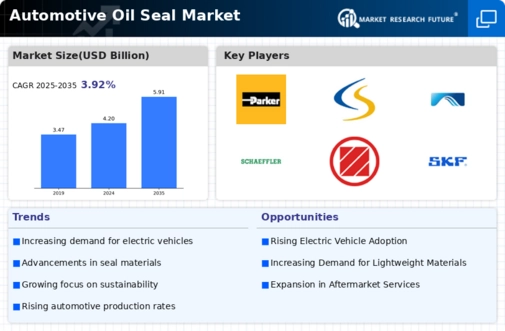
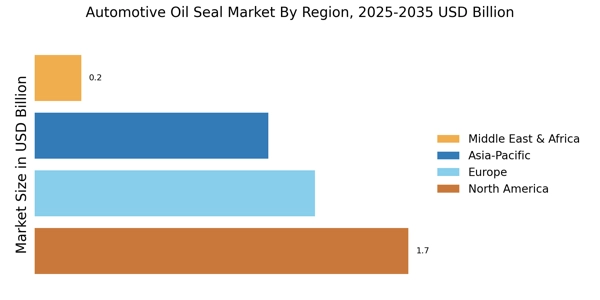
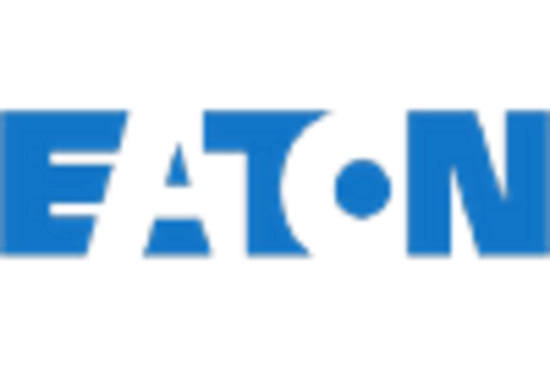
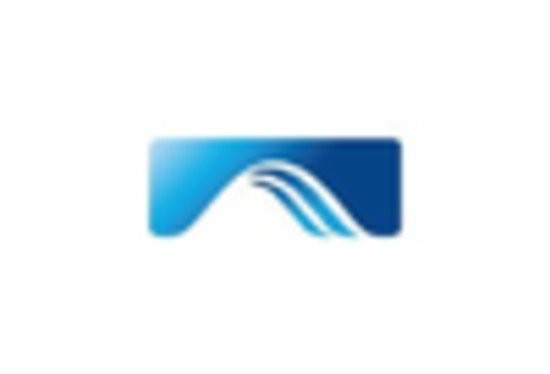

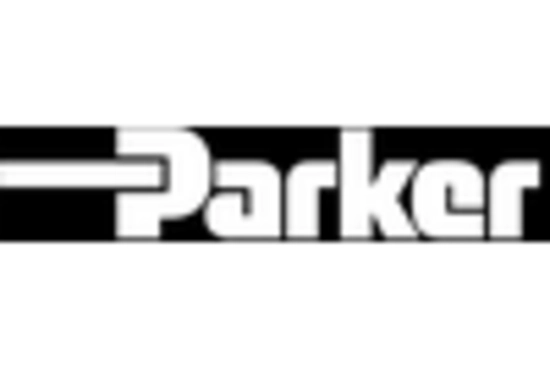
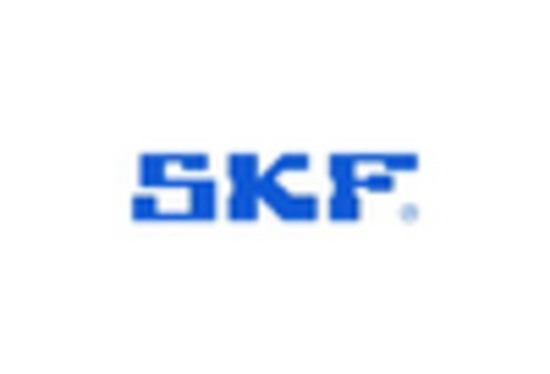









Leave a Comment